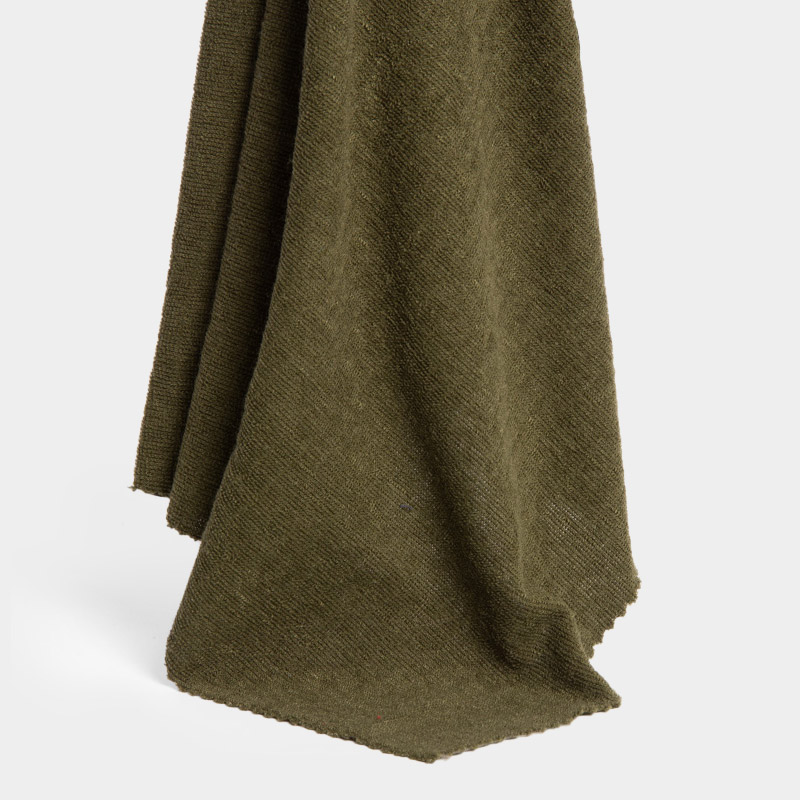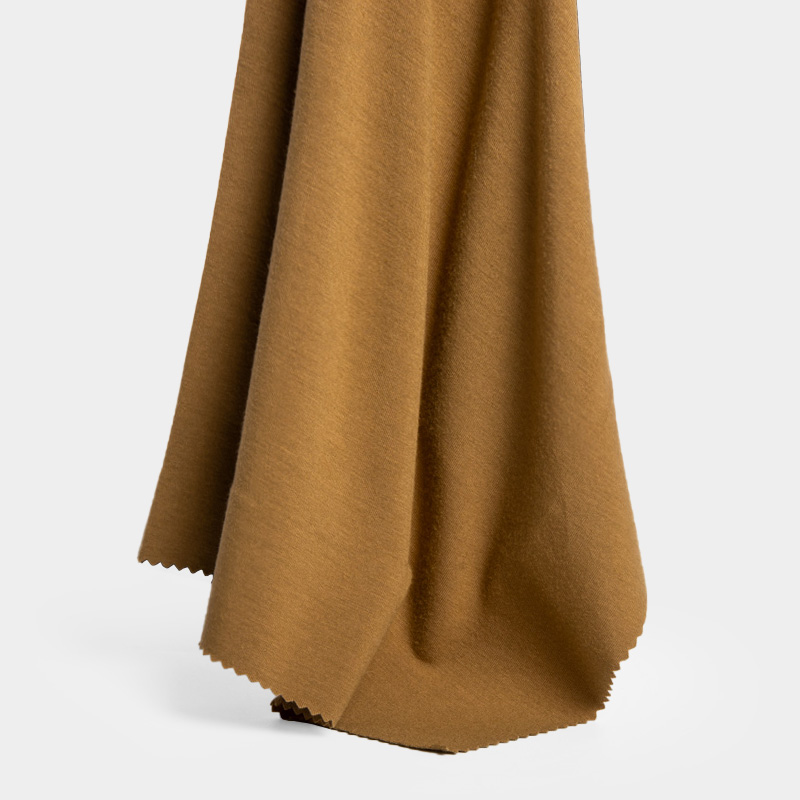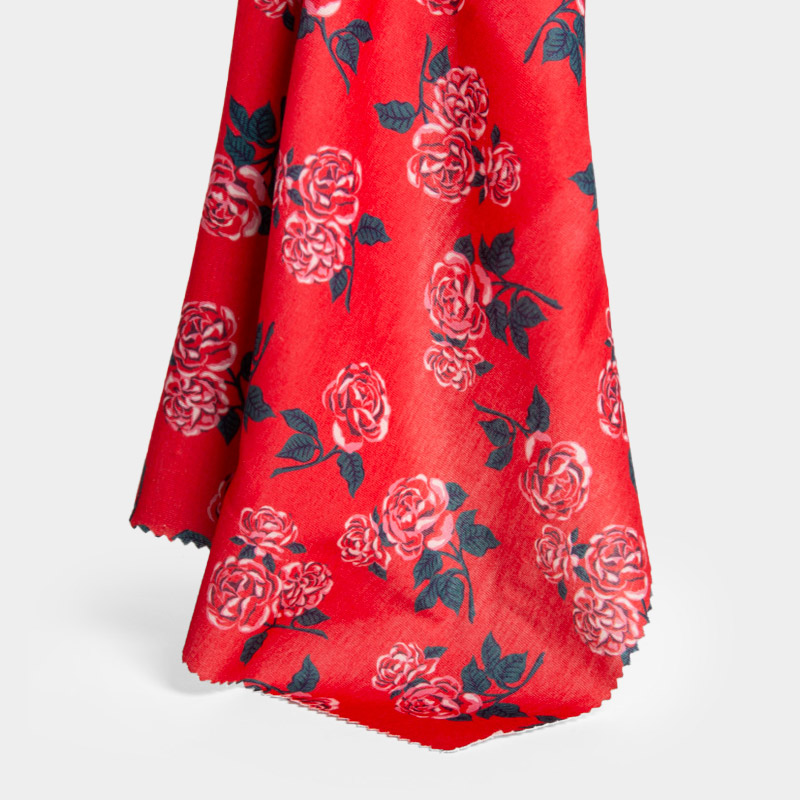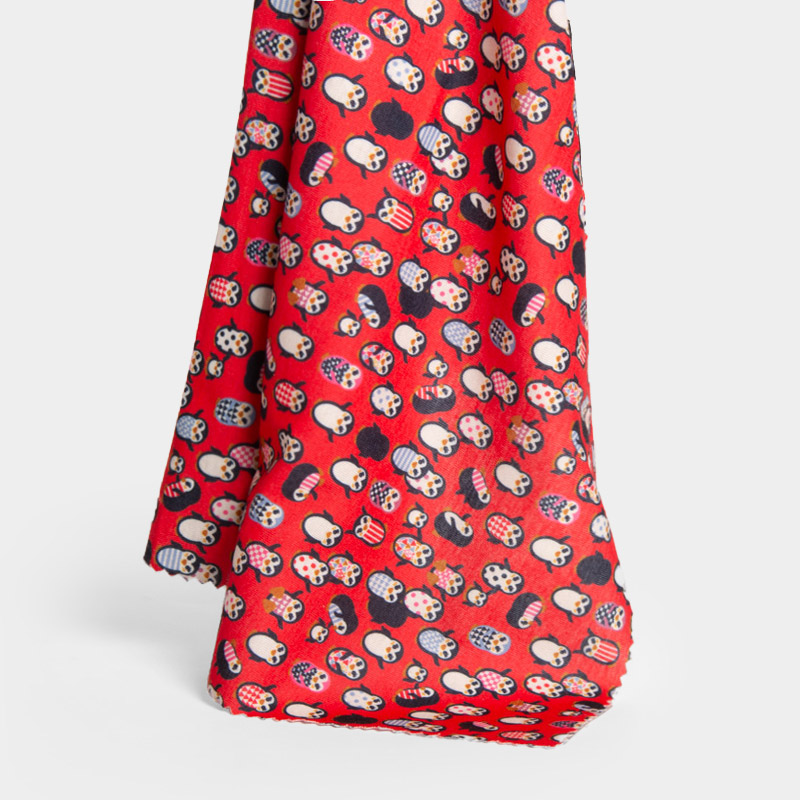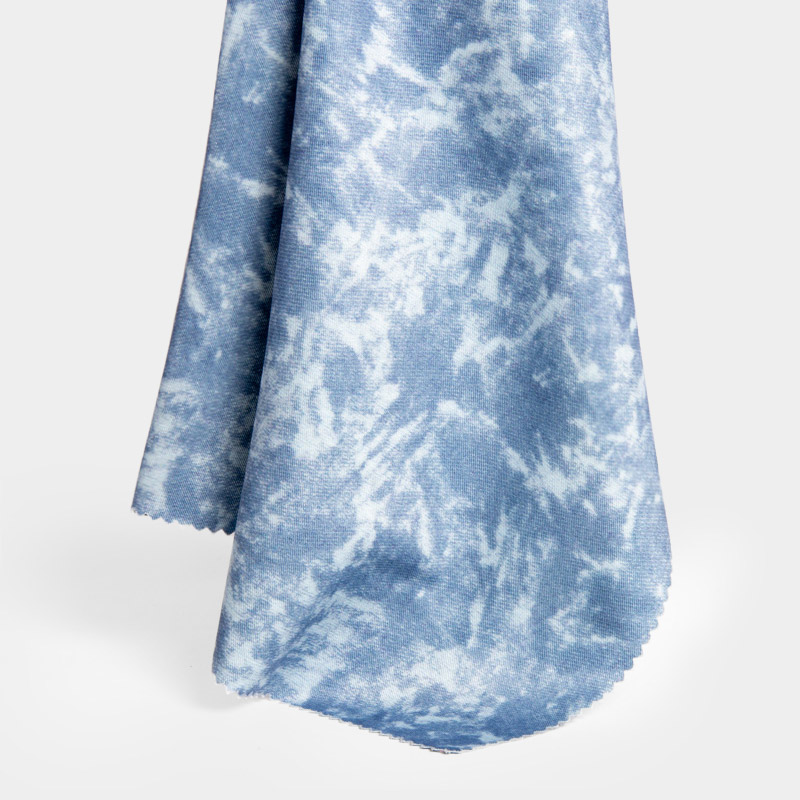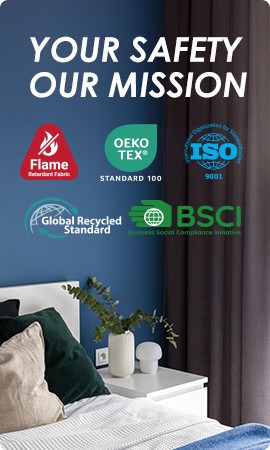Understanding Waterproof and Moisture Permeable Fabric
Abstract. This article explores the development of waterproof and moisture permeable technology and the processing methods of waterproof and breathable fabrics. Elaborate on the technical principles of waterproof and breathable technology, and introduce the development trends of waterproof and breathable fabrics from three perspectives: intelligence, multifunctionality, and green production. In addition, different waterproof and breathable processes and waterproof fabric testing methods were described. BEGOODTEX produces high-quality waterproof and flame-retardant fabrics through advanced technology, which are widely used in daily and industrial scenarios.

1. Overview
Water-resistant and breathable fabrics are materials that combine waterproofness with breathability and windproof features while providing thermal insulation properties as well. These textiles are designed to repel water under pressure levels but allow sweat, from the body to pass through the fabric without gathering or condensing between the fabric and the skin surface. Fabrics that allow moisture to pass through them are not just useful for individuals working in conditions like extreme cold or rain but also cater to the demand for waterproof attire like raincoats and upscale clothing materials in everyday life. This presents a range of opportunities, for growth and advancement.
| Evaporation rate under different activity states | ||
| Activity status | Work intensity (W) | Evaporation rate (g/24h) |
| sleep | 60 | 2280 |
| sit | 100 | 3800 |
| walk | 200 | 7600 |
| Hurry up | 300 | 11500 |
| Light load fast walking | 400 | 15200 |
| Heavy load fast walking | 500 | 19000 |
| Overloaded walking at high speed | 600~800 | 22800~38400 |
| Super intensity labor | 1000~1200 | 38000~45600 |
Development of Waterproof and Moisture Permeable Technology
The evolution of waterproof and breathable fabric technology has progressed through three phases; primarily centered on coating and laminated fabrics and secondarily on high-density materials.
The initial phase kicked off in the 1940s when waterproof and breathable fabrics were primarily treated with polymer substances, like polyvinyl chloride and polyurethane to deliver waterproof and breathable properties.
The next phase started in the 1970s when individuals began utilizing ultra-thin hydrophobic polyester or nylon fibers to create dense fabrics, with improved waterproof and windproof characteristics compared to conventional waterproof and breathable materials.
The 1980s until now marks the third stage of development in this field of study. In the year 1976, it was an achievement for the United States when they managed to create a groundbreaking waterproof and breathable fabric. This fabric was created by combining polytetrafluoroethylene (PTFE ) film.
The continuous evolution of fibers has led to the emergence of a variety of high-density fabrics that offer superior waterproof and breathable properties. These fabrics are primarily characterized by their weaving patterns and have found ongoing applications thanks to the ongoing progress, in ultrafine fiber technology.
Processing methods for waterproof and breathable fabrics
The techniques, for creating breathable fabrics have evolved over time to include the following methods.
High-density fabric
Utilizing cotton threads or ultra-fine synthetic fiber strands to create tightly woven fabrics with high-density levels that minimize gaps between yarns and hinder the penetration of water droplets through the material’s surface barrier can be achieved effectively through this method of fabric production approach. While such fabric may not excel in capabilities due to its inherent characteristics; it does exhibit remarkable traits in terms of moisture permeability and provides excellent draping quality along, with a pleasing tactile sensation when touched or worn against the skin.
Coated fabric
By employing either wet coating methods in textile production the coating agent serves to partially seal or diminish the pores present in the fabric surface resulting in waterproof properties. Despite its affordability, this approach falls short in addressing the challenge of balancing moisture permeability with waterproofing and washability due, to inherent limitations.
Laminated fabric
By applying adhesives and advanced lamination techniques layers of microporous or hydrophilic films are combined with regular fabrics to create breathable and waterproof fabrics that also maintain their washable properties. These laminated fabrics successfully address the challenge of balancing moisture permeability with waterproofing and easy maintenance.
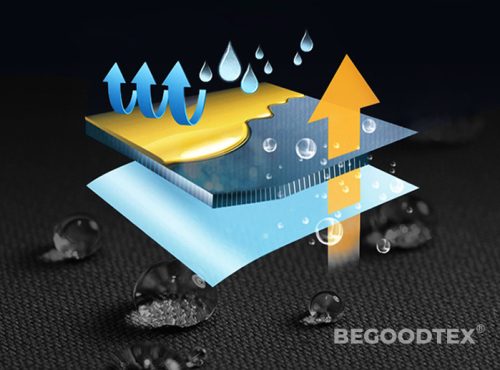
2. Technical principle of waterproof and breathable fabric
Ultra-high density structural method
BEGOODTEX pure cotton fabric has tight weaving and tiny fiber twisting. The fabric has micropores between the threads that allow for good breathability. When the fabric gets wet the cotton fibers. Cause the pores, between the threads to tighten quickly to keep water from seeping in immediately. The fabric’s closed-cell structure and unique water-resistant treatment help stop rainwater from seeping through. Make it suitable for surgical gowns and outdoor clothing purposes among others. The Japanese Defense Agency adopted this technology back, in 1960 to create resistant and waterproof life jackets.
Micro porous technology method
Micro porous waterproof and breathable materials are created by taking into account the size variation between water droplets and water vapor molecules in the design process. The fabric’s micropores are tailored in size so that water from the side does not pass through but allows moisture to escape from the inside. Meanwhile, sweat vapor, from the body can pass through these micropores making them both waterproof and breathable.
This fabric is known for its ability to resist water pressure effectively and maintain moisture permeability and warmth while also being wind resistant; however, it requires processing and comes with a higher production cost attached to it as a downside to its benefits over time. It’s important to keep in mind that during prolonged use micropores, in the fabric tend to get clogged which eventually results in a reduction of its moisture-permeable properties.
Dense hydrophilic membrane technology method
In the field of research lately, there has been a growing interest in hydrophilic membrane fabrics that are both waterproof and breathable. These fabrics make use of the properties of polymer membranes by providing enough hydrophilic groups to act as pathways for water vapor molecules to pass through. When the temperature and humidity levels create a gradient between low-humidity sides of the fabric water molecules are attracted to the high-humidity side due to hydrogen bonding and other forces and then move across the fabric to the low-humidity side for evaporation through the polymer chains’ hydrophilic groups. This process involves a sequence of adsorption at the humidity side and subsequent desorption, at the low humidity side resulting in achieving breathability through an “adsorption diffusion desorption” mechanism.
3. Development Trends of Waterproof and Moisture Permeable Fabrics
The intelligentization of waterproof and breathable fabrics
The innovation of shape memory polyurethane is set to drive advancements in water-resistant and breathable coating finishes for various products. BEGOODTEX polyurethane coated fabric’s waterproof capabilities range from 196 to 392kPa (20000 to 40000mmH2O) and moisture permeability of 8000 to 12000 grams per square meter per day along, with effective anti-condensation qualities. The breathability of this material adjusts based on the body temperature of the wearer which gives it a quality for different environments and conditions.
Multi-functionality of waterproof and breathable fabrics
Creating types of waterproof and breathable fabrics tailored to their unique features is a key focus, in advancing the development of such fabrics today.
Incorporating ingredients into polyurethane coating solutions not only enhances the breathability of PU films but also imparts specialized features to fabrics. The process of integrating elements like chitin and cellulose powder into polyurethane coatings can enhance the moisture permeability of PU films. Bestow fabrics with insect-repellent properties and sterilization capabilities alongside a pleasant texture. Additionally, you can augment the functionality of membranes by introducing nanoscale functional particles resulting in waterproof and breathable fabrics that possess added attributes like antibacterial properties and resistance, to UV rays.
Green processing of waterproof and breathable textiles
Most PU solutions used are solvent-based regardless of whether they’re made through dry or wet methods and typically contain around 70% organic solvents like dimethylformamide (DMF) toluene and methyl ethyl ketone. These solvents can be hazardous, to workers as they are flammable and explosive and also contribute to pollution.
BEGOODTEX fabric creates a breathable barrier on fabrics. By encapsulating it within the material and filling the spaces between fibers, with an ultra-thin silicone resin film that forms a strong layer capable of allowing air passage while blocking water and wind penetration without causing any environmental harm.
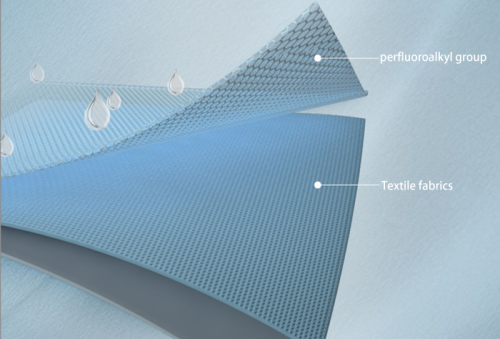
4. Waterproof and Moisture Permeable Finishing Agent and Finishing Process
Polyurethane (PU) waterproof and breathable finishing agent
Polyurethane molecules have polar groups and strong forces between them that make them great at forming films on surfaces like fabrics, with properties that are durable and tough while also being waterproof and breathable. The rationale behind this phenomenon is twofold; firstly the presence of hydrophilic groups in polyurethane facilitates the movement of water vapor molecules from areas of high humidity to those with lower humidity through a ladder-like structure. Secondly, polyurethane consists of both hard segments that give rise to amorphous and crystalline regions within its composition. The amorphous regions exhibit molecular chain segments and possess high activity levels facilitating the easy ingress, migration, and diffusion of water molecules resulting, in enhanced moisture permeability.
Polyacrylate (PA) waterproof and breathable finishing agent
Since the 1980s in Japan, experts have been working to enhance airflow and moisture absorption in fabrics treated with polyacrylic ester coatings by using copolymers with hydrophilic properties, like carboxyl and hydroxyl groups dissolved in water-compatible organic solvents to create coating adhesives. The solvents are eliminated post coating and the copolymers are hardened through a warm water process before being dried and dehydrated to develop microporous films onto the fabrics. This adhesive coating is applied to fabrics using a coating method that allows for good air and moisture permeability. However, the effectiveness is significantly diminished when utilizing the dry coating method.
Waterproof and moisture permeable finishing process
Fabrics that have been coated with substances containing functional groups typically form a dense solid barrier layer that provides waterproof protection. To enhance moisture permeability, certain functional groups present in the coating polymer have the capability to absorb release, and diffuse water vapor effectively, thereby aiding in the promotion of moisture permeability.
Polyurethane coatings offer benefits such as a glass transition temperature and the ability to easily adjust them for specific needs while providing excellent strength and flexibility at low temperatures; they are widely used as waterproof and breathable coatings in various applications.
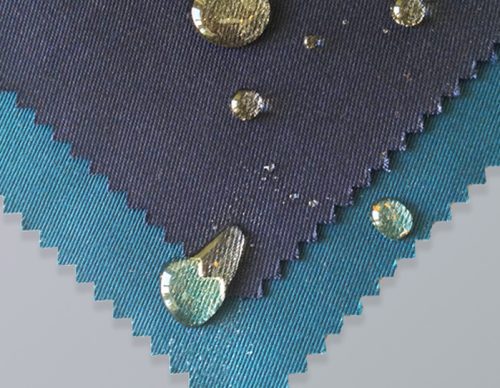
5. Performance Testing of Waterproof and Moisture Permeable Fabrics
Moisture permeability test
Three primary techniques are used to assess how well fabrics allow moisture to pass through them; the wet absorption method the evaporation method and the simulation method.
Moisture absorption method
Methods for absorbing moisture include the inversion method and the upright method.
Evaporation method
The evaporation technique involves the positive cup phase method and the negative cup phase method for gauging the quantity of water vapor that moves through an area of fabric over a set duration under particular conditions, like temperature and wind speed.
Simulation method
To assess how well fibers handle moisture during human sweating, in different temperature and humidity settings within a given space accurately represents the simulation approach used for testing textiles’ moisture permeability characteristics. In simulation research scenarios now deemed essential for recreating weather conditions and human activity levels to evaluate comfort standards effectively are environmental chambers designed for precise climate controls.
Waterproof performance test
The evaluation of how well fabrics repel water, after undergoing waterproof and breathable treatments can be categorized into three groups.
One method is the water pressure test, which can continuously increase the water pressure on one side of the fabric and measure the static water pressure that the fabric can withstand until a specified number of water droplets appear on the other side of the fabric. The YG312 water pressure gauge is employed to assess the capabilities of fabrics.
The next method is the spray test where water is continuously dropped or sprayed onto the fabric being tested from a height and angle. It helps determine how long it takes for water to pass through the fabric, the amount of water absorbed by the sample over time, and how water stains form on the surface. This testing method is used to assess performance according to ISO 4920:2012
The third category involves conducting a water absorption test to assess how much weight fabrics gain, after undergoing moisture permeable treatments by soaking them in water for a specified duration of time; this approach is straightforward and user-friendly.
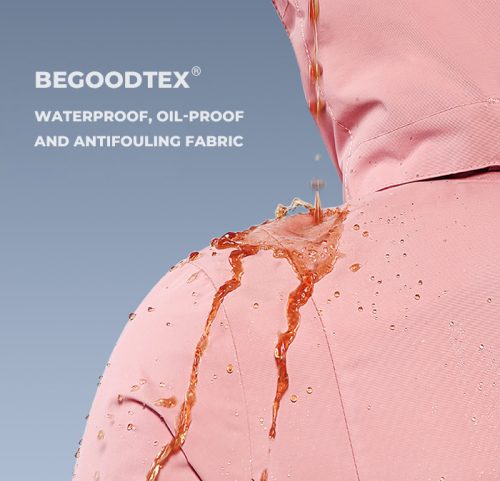
6. BEGOODTEX Waterproof Flame Retardant Fabric
BEGOODTEX waterproof flame retardant technology offers a combination of safety and functionality that make fabrics highly advantageous for various applications. These fabrics are treated with specialized finishes that provide both flame and water retardancy.
The advantages of BEGOODTEX waterproof flame retardant fabrics include:
- Dual Protection:The fabrics are designed to prevent the spread of flames while also repelling water, providing a dual layer of protection that enhances safety in hazardous conditions.
- Durability:The waterproof and flame retardant properties are engineered to withstand multiple washes, maintaining their protective qualities over time and with use.
- Comfort: Despite the high level of protection these fabrics offer, they are also designed to be comfortable for the wearer, which is particularly important for protective clothing.
- Ecological Safety:BEGOODTEX ensures that our products meet ecological and environmental protection standards, making them safe and non-toxic for both the user and the environment.
Applications of BEGOODTEX waterproof flame retardant fabrics are diverse and include:
- Protective Clothing: Ideal for industries such as metallurgy, forestry, chemical, petroleum, and fire protection, where workers are exposed to both fire hazards and wet conditions.
- Interior Decoration:Used in home and hotel curtains, where the fabric’s protective qualities can contribute to overall building safety.
By combining flame retardant and waterproof capabilities, BEGOODTEX fabrics provide a versatile flame retardant solution that meets the needs of various sectors, ensuring safety, durability, and comfort.

